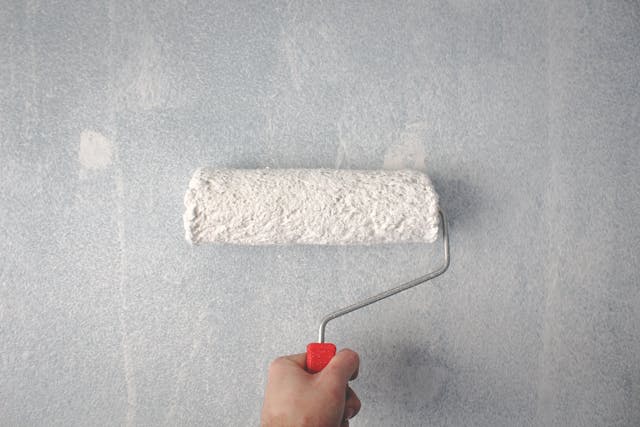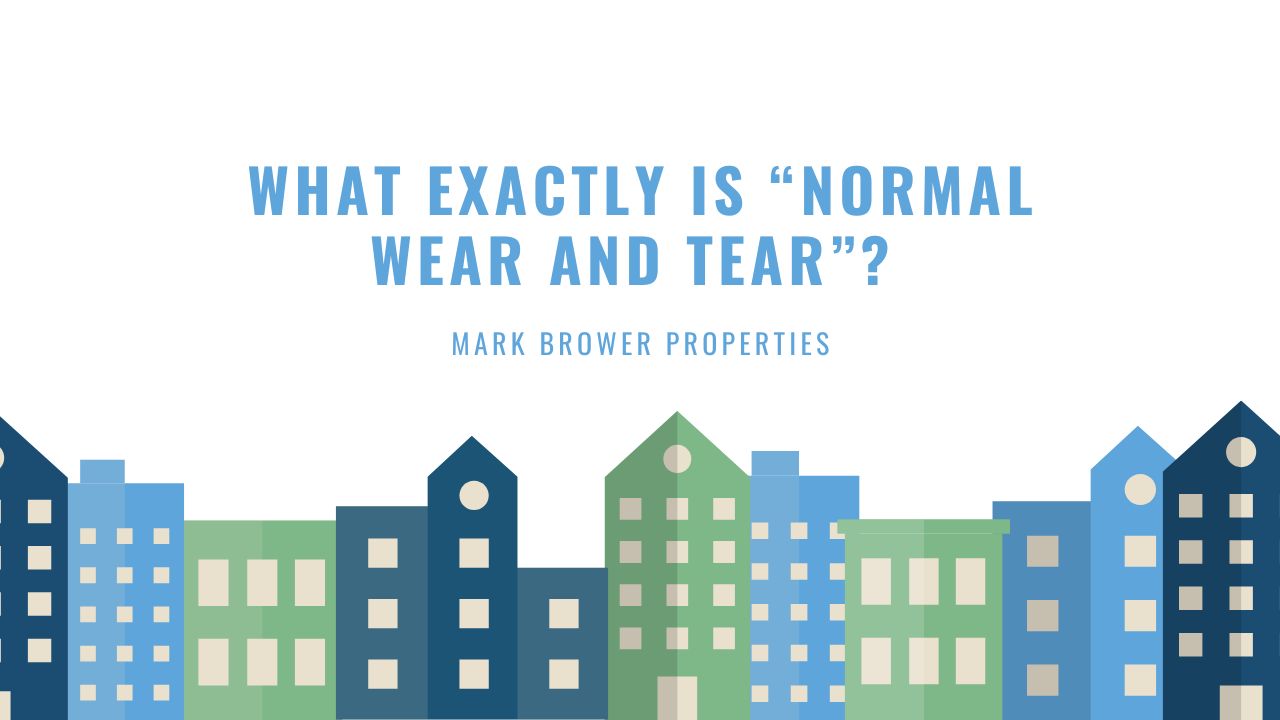Arizona law requires that landlords pay for any repairs and maintenance that are the result of normal and wear and tear. As such, every landlord should expect to invest in the upkeep of their property and treat their tenants fairly.
As a landlord, it’s important to understand the difference between everyday use and damage caused by tenants. Knowing this can save you from unnecessary disputes over security deposits, help you keep your property in great shape, and protect your reputation.
In this article, we’ll provide a general break down what qualifies as normal wear and tear, and what crosses the line into excessive property damage. By understanding these key distinctions, you’ll be better equipped to handle tenant move-outs smoothly and protect your investment. Please note that this advise my vary depending on where your property is located.
Wear and Tear vs. Other Types of Damages
Wear and tear refers to the natural and expected deterioration of a property over time, while other types of damages are typically caused by negligence, misuse, or accidents. Here’s a more detailed breakdown of the key differences:
Normal Wear and Tear
This is the normal and gradual aging of a property or its fixtures due to everyday, acceptable use. Landlords a typically responsible for addressing issues relating to normal wear and tear and cannot deduct costs of said repairs from a tenant’s security deposit. General examples of normal wear and tear include:
- Faded paint
- Worn out carpets
- Minor scuffs on walls
- Loose door handles
- Slight discoloration in the fixtures

Excessive Property Damage
These are often the result of accidents, negligences, or intentional actions that go beyond the normal use of the property. Landlords can use the tenant’s security deposit to cover costs that result from things like destroyed, defaced, damaged, impaired, or stolen items in and around the property. Specific examples of excessive property damage include:
- Large holes in the wall
- Large stains on carpets
- Chipped or cracked counters and tiles
- Missing and/or damaged fixtures
Understanding the difference between these two is important when it comes to evaluating a rental property at the end of a lease and determining the appropriate responsibility for repairs and security deposit deductions.
Note that even in instances of obvious tenant damage, you won’t likely be able to charge the full amount for repairs. This is because of depreciated value. As such you can only change based on the depreciated value of the item when making deductions from the tenant’s security deposit.
When can be Charged from the Tenant’s Security Deposits at Move-Out?
When making deductions from a tenant’s security deposit you must ensure that you follow the law. The penalty for failing to do so is being changed 3X the original deposit. The key, legally compliant reasons a landlord may make deductions from a security deposit at the end of a tenancy include:
Unpaid Rent or Utilities
If a tenant moves the rental property without paying all rent or utility bills owed, the landlord can use part or all of the security deposit to cover these outstanding amounts.
Cleaning Costs
Landlords may charge tenants for cleaning costs if the property is left in an unusually dirty or unsanitary condition. However, general cleaning, like vacuuming or wiping down surfaces, should not be charged. The deposit can be used if deep cleaning is required, such as removing excessive grime, stains, or odor.

Failure to Return Keys or Items
If a tenant fails to return keys or other provided items, such as garage door openers, this can result in charges to replace them.
Breach of Lease
If a tenant violates the lease agreement, such as moving out before the lease ends without proper notice, landlords may deduct from the deposit to cover losses, including costs related to finding a new tenant.
As a landlord, it’s best to consult with a property management company or attorney knowledgeable on local security deposit laws before making deductions. This will protect your real estate investment ensure a smooth transition between tenants and help keep you out of court.
Tracking Damage With Before and After Photos and Videos
Taking before and after photos and videos of your rental property is a simple and effective way to track damage. Before the tenant moves in, take clear, time-stamped photos of every room, including walls, floors, and appliances. Focus on areas that are likely to show wear, like kitchens, bathrooms, and high-traffic spots.
When the tenant moves out, take photos and videos again in the same locations. These “before” and “after” pictures and videos will show if any damage has occurred beyond normal wear and tear. Having this form of documentation can protect you if there’s a dispute over the security deposit, as they provide clear evidence of the property’s condition.
Keep your evidence organized and stored safely so you can easily access them when needed. This simple step can save you time, money, and stress when managing your rental property.

Preventing Property Damage with Thorough Tenant Screening
To effectively minimize property damage, thorough tenant screening is essential for landlords. Begin by evaluating a prospective tenant’s rental history and reaching out to previous landlords to identify any past issues related to property care or maintenance.
Furthermore, conducting a credit check provides insight into the tenant’s financial responsibility, while a background check can uncover potential red flags. Applying consistent screening criteria not only helps ensure a fair and unbiased evaluation process. By carefully selecting tenants, residential landlords can significantly reduce the risk of property damage and preserve the long-term value of their investment.
Finally, once you’ve secured a promising tenant, make sure to nurture the professional relationship. respond their their calls and requests in a timely manner and demonstrate that you care about their comfort and safety. When tenants feel appreciated, they’re more likely to properly care for their rental.
Bottom Line
Understanding the difference between normal wear and tear and actual damage is key to maintaining your rental property and avoiding disputes with tenants. By recognizing what’s reasonable wear over time, you can confidently handle security deposit deductions and keep your property in great condition.
If managing these details feels overwhelming, hiring a property management company can take the burden off your shoulders. Mark Brower Properties specializes in helping landlords navigate these challenges, ensuring your property is well cared for and your rental process is hassle-free.
Let Mark Brower Properties handle the details so you can focus on growing your investment. Contact us today to learn more about our professional management services!






